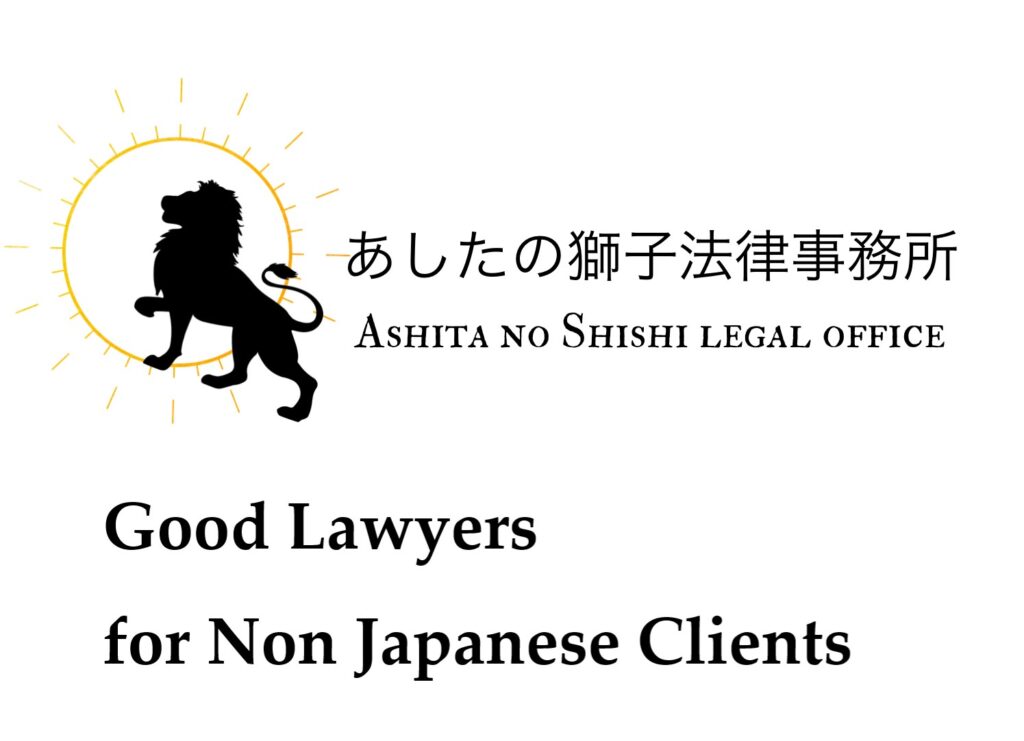In our previous article, we discussed the advantages and disadvantages of a Godo Kaisha (LLC) versus a Kabushiki Kaisha (stock company).

In this article, we’ll explain important points when operating a Godo Kaisha.
Godo Kaisha (“GK”) is a commonly used corporate form. However, since the underlying concept of GK is quite different from Kabushiki Kaisha, there are many points you should bear in mind in the management.
Operation of Godo Kaisha
In a Kabushiki Kaisha, the directors, who are elected by the shareholders, execute the company’s business, while the shareholders are responsible only for important decisions. On the other hand, Godo Kaisha does not have a system like directors, a board of directors or shareholders meeting.
Therefore, in Godo Kaisha, the members who have invested in the company manage the company’s affairs themselves. If there is only one member, the member is responsible for managing the company’s affairs by himself or herself. On the other hand, if there are two or more members, the decision is made by a majority of the members, except as otherwise provided in the articles of incorporation.
For example, if there are four members, the business is executed by the consent of three or four members.

Decisions are made by a majority of the head count of the members. Even if one of the members owns more than 90% of the total capital, he/she cannot execute operations without the consent of the other members. However, each member may perform day-to-day operations independently, unless the other members object.
On the other hand, decisions on important matters, such as changes to the Articles of Incorporation, require the consent of all members.
In case Operating Members are designated
If the articles of incorporation of a Godo Kaisha specify the members who operate businesses (“Operating Members”), the Operating Members will conduct the business of the Godo Kaisha. So, if there is only one operating member, the operating member can alone decide and executes the businesses of the Godo Kaisha.
If the articles of incorporation of a Godo Kaisha specify two or more operating members, the decision shall be made by a majority of the Operating Members, unless otherwise provided for in the articles of incorporation.
For example, if there are two Operating Members, the business cannot be executed unless both of the Operating Members agree to it. In the case of a Godo Kaisha with three Operating Members, the business can be executed with the consent of the two or three Operating Members.
As stated above, the majority is determined by the head count of the Operating Members. In other words, the amount of investment by each operating member is irrelevant. If you want to secure voting rights in accordance with the amount of capital contribution, you may stipulate in articles of incorporation that voting rights are granted in accordance with the ratio of capital contribution.
General Meeting in Godo Kaisha
A Godo Kaisha does not have the same type of organization as a Shareholders Meeting of a kabushiki Kaisha. Therefore, decision-making in a Godo Kaisha does not require all the members to gather together in the same place to make decisions.
On the other hand, if a Godo Kaisha wishes to adopt resolutions based on the ratio of capital contribution rather than on the number of heads as described above, it is possible to install general meeting of members and grant voting rights to members at the general meeting in proportion to the ratio of capital contribution by stipulating so in articles of incorporation.
The treatment like this is not necessary when there is only one member. However, if there are multiple members and you wish to make decisions based on their investment ratio, you may want to consider introducing the general meeting of the members.
Please ask lawyers or judicial scriveners about how to make articles of incorporation.
Ashita no Shishi Legal Office can support establishment and operation of Godo Kaisha both in Japanese and English.










